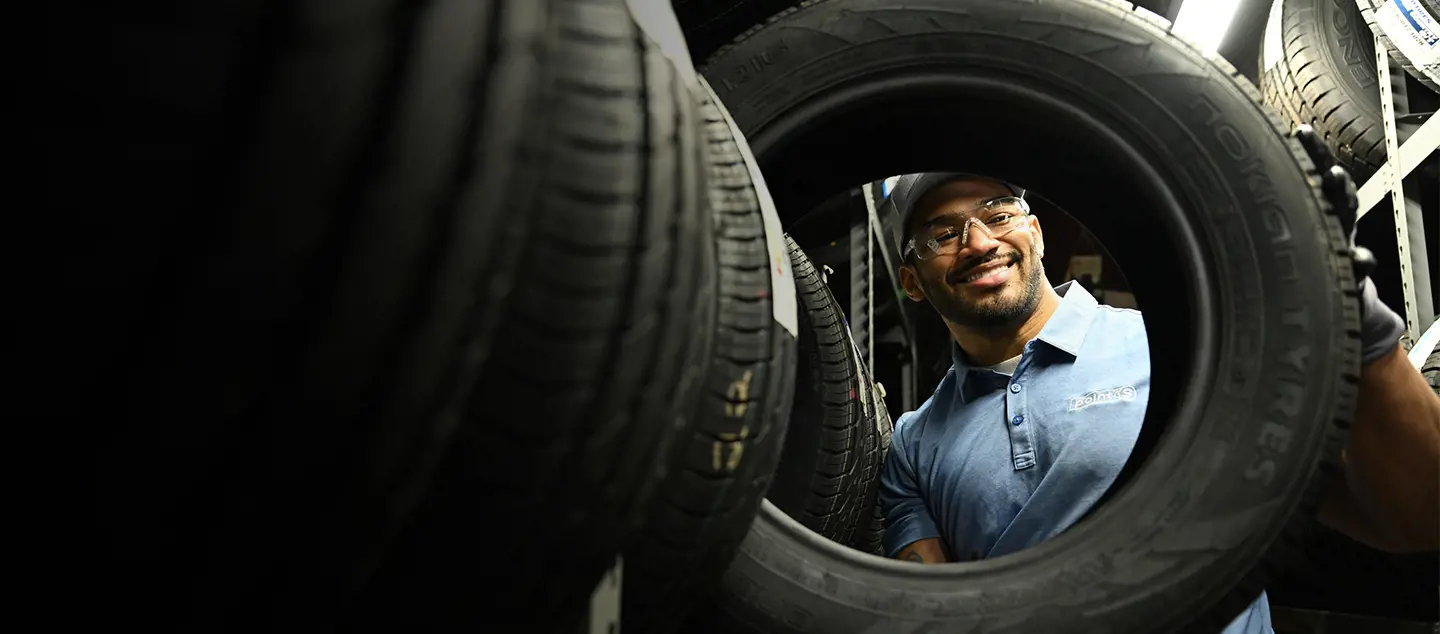Tire Repair Work Myths Debunked: Separating Truth From Fiction
In the world of automotive upkeep, tire repair service holds a considerable location, yet it is often shrouded in myths and misunderstandings that can bring about confusion for car owners. Recognizing the distinction between fact and fiction when it comes to tire fixing is critical for ensuring both safety and cost-effectiveness. From the false impressions bordering patching versus connecting a pierced tire to the efficiency of different tire sealers, there are a number of crucial areas where quality is required to make enlightened decisions. Let's clarify some common tire repair service myths and different them from the reality to encourage you with the expertise required to browse this necessary element of car upkeep.
Usual Tire Fixing Misconceptions
Eliminating common misunderstandings bordering tire repair service is crucial for keeping roadway security and expanding the long life of your vehicle's tires. One typical misconception is the belief that a punctured tire is irreparable and must be changed completely. In reality, many slits can be successfully repaired by a specialist, adhering to sector criteria. It is important to understand that not all punctures are created equivalent; while some may undoubtedly call for a tire substitute, the majority can be safely repaired.
An additional misunderstanding is the concept that a do it yourself tire fixing set is an adequate remedy for all tire issues. While these packages can be helpful for short-term solutions in emergencies, they are not a long-term remedy and might not resolve the underlying issue (morris tire service). Looking for the expertise of a qualified tire technician is constantly suggested to make certain the security and honesty of the tire

Can You Repair a Punctured Tire?
Repairing a punctured tire is a common practice in the automotive sector, commonly lugged out by professional specialists complying with specific standards and standards. Punctures located on the tread location of the tire are typically repairable as long as they are within a specific size limit and do not impact the tire's structural integrity.
It is necessary to note that pierces near the sidewall or shoulder of the tire are typically not repairable because of security problems. Such areas go through considerable tension and flexing, making repair work undependable and possibly hazardous. In addition, if the leak is too large, exceeding the recommended news repairable dimension, or if the tire reveals indications of internal damages, it is safer to replace the tire entirely.
The Truth Regarding Patching Vs. Plugging
When considering the repair service of a punctured tire, comprehending the differences in between patching and connecting is vital for making notified decisions pertaining to tire upkeep and safety and security. Covering entails fixing the tire from the inside, where a patch is applied to cover the slit.
Myth: All Tire Sealants Are Effective

When picking a tire sealer, take into consideration elements such as the size of punctures it can effectively repair, compatibility with tire stress monitoring systems (TPMS), and whether it news is secure for the tire material. Checking out reviews and looking for recommendations from experts can aid you make a notified choice. Additionally, regular upkeep and prompt replacement of sealer can help guarantee optimal efficiency. Bear in mind, while tire sealers can be valuable in emergency situations, they are not an alternative for appropriate tire treatment and maintenance.
Ideal Practices for Handling Flat Tires
Due to the differing performance of tire sealers, comprehending finest practices for managing punctures is essential for keeping road security and automobile performance. When experiencing a blowout, the initial step is to securely draw over to the side of the roadway, far from approaching traffic. Transform on danger lights to inform other drivers of your situation. It is suggested to apply the hand brake and place wheel wedges under the tires to prevent the vehicle from rolling. Next, consult your vehicle's guidebook to find the spare tire, jack, and lug wrench. Prior to attempting to alter the tire, ensure that the location is level and stable. Loosen the lug nuts, elevate the vehicle with the jack, remove the lug nuts and puncture, and replace it with the extra tire. Tighten the look at here lug nuts in a celebrity pattern, lower the vehicle, and firmly tighten up the lug nuts. Stow away the flat tire, tools, and tools, and keep in mind to inspect the spare tire's pressure periodically. Following these finest practices can help you deal with level tires properly and securely.
Final Thought
Finally, it is necessary to separate truth from fiction when it involves tire fixing myths. Understanding the truth concerning patching vs. plugging, the effectiveness of tire sealants, and ideal techniques for handling blowouts can help make certain the safety and long life of your tires. By unmasking usual false impressions and complying with correct repair service standards, you can make informed decisions when it concerns preserving the health of your lorry's tires.